Shipping hazardous goods can be daunting, fraught with complex regulations and stringent compliance requirements. Whether you’re a seasoned exporter or new to the field, understanding the intricacies of air freight for hazardous materials is crucial for safe and efficient transportation. This comprehensive guide aims to demystify the process, providing you with essential insights, practical advice, and expert tips on how to ship hazardous goods from China by air successfully. Dive in to learn about regulatory compliance, packaging standards, handling procedures, and much more, ensuring your shipments are not only compliant but also cost-effective and timely.
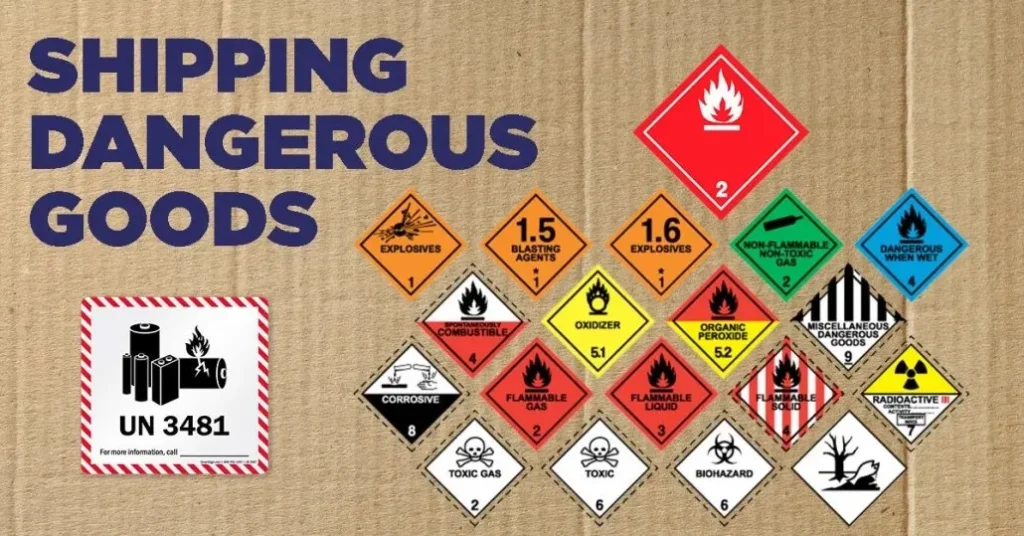
1. Understanding Hazardous Goods
Definition and Classification
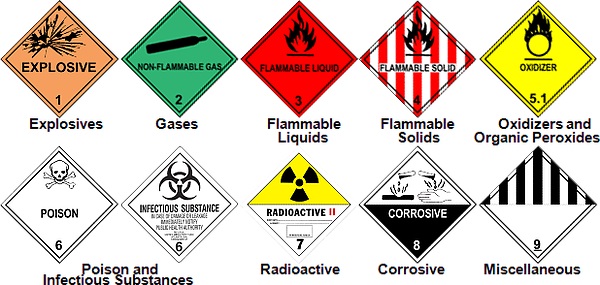
Hazardous goods, also known as dangerous goods, are items or substances that pose potential risks to health, safety, property, or the environment during transport. According to the International Air Transport Association (IATA) Dangerous Goods Regulations (DGR), hazardous goods are classified into nine hazard classes:
- Class 1: Explosives – Materials that can cause explosions, including fireworks and ammunition.
- Class 2: Gases – Compressed, liquefied, or dissolved gases like propane, butane, and oxygen.
- Class 3: Flammable Liquids – Liquids that can easily catch fire, such as gasoline, ethanol, and acetone.
- Class 4: Flammable Solids – Solids that are prone to combustion, including matches and magnesium.
- Class 5: Oxidizing Substances and Organic Peroxides – Substances that can cause or enhance the combustion of other materials, like hydrogen peroxide.
- Class 6: Toxic and Infectious Substances – Materials harmful to human health, such as pesticides and medical waste.
- Class 7: Radioactive Materials – Substances emitting radiation, used in medical or industrial applications.
- Class 8: Corrosives – Materials that can corrode metals or cause severe damage to living tissues, like sulfuric acid.
- Class 9: Miscellaneous Dangerous Goods – Items not covered by other classes but still posing risks, such as lithium batteries and dry ice.
Understanding these classifications is crucial for compliance with international and national regulations.
Examples
China is a significant exporter of various hazardous goods, including:
- Chemicals: Used in manufacturing and industrial applications (e.g., acetone, toluene).
- Batteries: Including lithium-ion and lithium-metal batteries used in electronics.
- Pharmaceuticals: Containing controlled or toxic substances.
- Industrial Materials: Such as paints, adhesives, and cleaning agents.
2. Regulations and Compliance
International Regulations
IATA Dangerous Goods Regulations (DGR): This comprehensive manual, published annually by the International Air Transport Association, outlines the standards for shipping hazardous goods by air. It covers classification, packaging, marking, labeling, and documentation requirements. Compliance with IATA DGR ensures the safety of air transport and mitigates risks associated with hazardous goods.
ICAO Technical Instructions: The International Civil Aviation Organization (ICAO) provides technical instructions for the safe transport of dangerous goods by air. These instructions align closely with IATA DGR and establish a global framework for hazardous goods transportation.
China-Specific Regulations
In China, hazardous goods export regulations are enforced by multiple agencies, including the Civil Aviation Administration of China (CAAC), which oversees air transport. Key regulations include:
- Dangerous Goods Transport Regulations by Air: Enforced by CAAC, these regulations align with international standards but include specific requirements pertinent to China.
- Export Control Law: Governs the export of controlled items, including hazardous goods, to prevent misuse and ensure safety.
Exporters must remain updated on these regulations to avoid legal repercussions and ensure smooth shipping processes.
Carrier Requirements
Each airline may have specific policies and requirements for shipping hazardous goods. These include:
- Carrier-Specific Regulations: Airlines may impose additional restrictions beyond IATA DGR, such as limitations on certain classes of dangerous goods.
- Documentation and Declaration: Strict adherence to documentation requirements is essential. Failure to comply can result in fines, shipment delays, or rejection by the carrier.
- Pre-Approval and Notification: Some carriers require pre-approval and notification before accepting hazardous goods. This ensures they are prepared to handle such shipments safely.
3. Documentation and Labeling
Required Documentation
Shipping hazardous goods by air requires meticulous documentation to ensure compliance and safety:
- Shipper’s Declaration for Dangerous Goods (DGD): This critical document, required by IATA DGR, contains detailed information about the hazardous goods being shipped, including classification, packaging, and handling instructions. It must be completed accurately by the shipper.
- Material Safety Data Sheet (MSDS): Provides detailed information about the chemical properties, hazards, and handling precautions of the hazardous material. The MSDS is essential for emergency responders and carriers.
- Air Waybill (AWB): This non-negotiable document serves as a contract between the shipper and the carrier. It includes shipment details and must indicate the presence of hazardous goods.
Labeling and Marking
Proper labeling and marking are crucial for the safe transportation of hazardous goods by air. IATA DGR specifies requirements for:
- Hazard Labels: These include hazard class labels (e.g., flammable liquid, toxic substance) that identify the nature of the hazard. Labels must be durable, clearly visible, and comply with IATA specifications.
- Handling Labels: Indicate special handling instructions (e.g., “Keep Away from Heat,” “This Way Up”).
- Marking Standards: Include UN numbers, proper shipping names, and the shipper’s and consignee’s information. Marks must be legible, durable, and placed on the outer packaging.
Compliance with these labeling and marking requirements is essential for the visibility and proper handling of hazardous goods throughout the transportation process.
4. Packaging Requirements
General Packaging Standards
The packaging of hazardous goods for air transport must adhere to stringent standards to ensure safety and compliance. The International Air Transport Association (IATA) and the United Nations (UN) provide guidelines for packaging hazardous materials:
- UN Specification Packaging: Packaging must meet UN performance standards, which include rigorous testing for durability and containment. This ensures the packaging can withstand conditions typically encountered during air transport, such as pressure changes and vibrations.
- Packaging Groups (I, II, III): Hazardous goods are assigned to one of three packaging groups based on the level of danger they pose. Group I is for high-danger substances, Group II for medium danger, and Group III for low danger. The packaging must be appropriate for the assigned group, providing the necessary level of protection.
Specific Packaging Instructions
Packaging hazardous goods requires attention to detail to prevent leaks, spills, and contamination:
- Inner and Outer Packaging: Inner packaging must securely contain the hazardous material, while outer packaging provides additional protection against external impacts. Combination packaging is often used to enhance safety.
- Use of Absorbent Materials and Cushioning: Absorbent materials may be required to manage any leaks, while cushioning helps to protect the contents from impact and vibrations. The use of these materials must comply with IATA DGR specifications.
- Sealing and Closure: Proper sealing and closure methods are crucial to ensure the integrity of the packaging. Tamper-evident seals and secure closures are often mandated.
Packaging Suppliers
Reliable packaging suppliers are essential to obtain compliant packaging materials. In China, several suppliers specialize in hazardous goods packaging and provide:
- Certified Packaging Solutions: Suppliers offer packaging that meets UN specifications and IATA requirements.
- Customization: Tailored packaging solutions to meet specific needs of different hazardous materials.
- Quality Assurance: Ensure that packaging materials undergo rigorous testing for compliance and safety.
5. Handling and Transportation
Handling Procedures
Proper handling of hazardous goods is critical to prevent accidents and ensure safety:
- Safety Protocols: Handlers must follow strict safety protocols, including the use of personal protective equipment (PPE) and adherence to safety guidelines. These protocols are designed to minimize exposure to hazardous substances.
- Training and Certification: Personnel involved in the handling of hazardous goods must undergo specialized training and obtain certification. Training programs should cover IATA DGR, emergency response procedures, and proper handling techniques.
Transportation Process
The transportation of hazardous goods by air involves several key steps to ensure safety and compliance:
- Pre-Transport Inspection: Conduct thorough inspections to ensure all packaging, labeling, and documentation are in order. This includes verifying that the Shipper’s Declaration for Dangerous Goods and other required documents are accurate and complete.
- Loading and Stowage: Hazardous goods must be loaded and stowed in accordance with IATA DGR and carrier-specific guidelines. Proper segregation from incompatible materials and secure stowage are critical to prevent accidents.
- Temperature Control and Ventilation: Some hazardous goods require temperature control or ventilation to maintain stability and safety. This includes using refrigerated containers or ventilated cargo holds as necessary.
Emergency Procedures
Effective emergency procedures are crucial to respond to incidents involving hazardous goods:
- Emergency Response Plan: Develop and implement an emergency response plan that outlines procedures for handling spills, leaks, and other incidents. This plan should include contact information for emergency responders and relevant authorities.
- Training and Drills: Regular training and drills for personnel to ensure they are prepared to respond to emergencies. This includes familiarization with emergency equipment and procedures.
6. Choosing the Right Freight Forwarder
Criteria for Selection
Selecting a qualified freight forwarder is essential for the successful shipping of hazardous goods:
- Experience with Hazardous Goods: The forwarder should have extensive experience handling hazardous goods and a proven track record of compliance with regulations. This includes familiarity with IATA DGR and international shipping standards.
- Knowledge of Regulations and Compliance: A competent forwarder must stay updated with the latest regulations and ensure all shipments comply with international and national laws. They should also provide guidance on proper documentation, packaging, and labeling.
- Network and Partnerships with Carriers: Strong relationships with airlines and other carriers are crucial for smooth shipping processes. The forwarder should have partnerships with carriers that are experienced in handling hazardous goods.
Questions to Ask Potential Forwarders
When evaluating potential freight forwarders, consider asking the following questions:
- Previous Experience with Similar Shipments: Can the forwarder provide examples of previous successful shipments of hazardous goods similar to yours?
- Compliance Track Record: What is their track record regarding compliance with hazardous goods regulations? Have they encountered any issues or penalties?
- Emergency Response Capabilities: What emergency response procedures do they have in place? How do they handle incidents involving hazardous goods?
- Insurance and Liability Coverage: What insurance and liability coverage do they offer for hazardous goods shipments? It’s crucial to understand the extent of coverage provided.
Choosing the right freight forwarder can significantly impact the safety, compliance, and efficiency of shipping hazardous goods by air. A qualified forwarder will provide expert guidance, ensure adherence to regulations, and facilitate a seamless shipping process.
Dantful is a Highly Professional, Cost-effective, High-quality, One-Stop International Logistics Service Provider For Global Traders specializing in providing comprehensive global logistics solutions. With years of industry experience and expertise, Dantful has earned the trust of its clients through efficient, reliable, and customized services. Whether it’s sea freight, air freight, or multimodal transport, Dantful ensures that your cargo reaches its destination safely and on time.
7. Cost Considerations
Factors Affecting Cost
Shipping hazardous goods by air involves various cost factors that shippers need to consider:
- Packaging Costs: Compliant packaging for hazardous goods, including UN specification packaging, absorbent materials, and cushioning, can incur significant costs. Specialized packaging may be required based on the hazard class and packaging group of the goods.
- Documentation Fees: Proper documentation, such as the Shipper’s Declaration for Dangerous Goods and the Material Safety Data Sheet (MSDS), often involves fees for preparation and certification. Ensuring accurate and complete documentation is crucial to avoid shipment delays and penalties.
- Carrier Surcharges for Hazardous Goods: Airlines often impose surcharges for transporting hazardous goods due to the additional handling, safety measures, and regulatory compliance required. These surcharges can vary based on the hazard class and the specific requirements of the goods.
- Insurance Premiums: Shipping hazardous goods typically involves higher insurance premiums due to the increased risk. Comprehensive insurance coverage is essential to protect against potential loss or damage during transit.
Cost-Saving Tips
To manage and potentially reduce costs associated with shipping hazardous goods by air, consider the following strategies:
- Consolidation Options: Combining multiple shipments into a single consolidated shipment can reduce overall costs by distributing fixed expenses, such as documentation and packaging, across several items. This approach can be particularly effective for smaller shipments.
- Negotiating Rates with Forwarders: Engage in negotiations with freight forwarders to secure competitive rates for hazardous goods shipments. Experienced forwarders may offer discounts based on volume, frequency, or long-term business relationships.
- Optimizing Packaging: Efficient packaging can help minimize costs. Utilize combination packaging where appropriate and ensure the packaging size is optimized to reduce weight and volume without compromising safety and compliance.
- Advance Planning: Plan shipments well in advance to avoid expedited shipping fees and last-minute surcharges. Early planning also allows time to source cost-effective packaging materials and secure necessary documentation.
Conclusion
Summary of Key Points
Shipping hazardous goods from China by air freight involves navigating a complex landscape of regulations, documentation, packaging, and handling requirements. Key points to remember include:
- Compliance with Regulations: Adherence to international regulations, such as IATA Dangerous Goods Regulations (DGR) and ICAO Technical Instructions, as well as China-specific regulations enforced by CAAC, is critical to ensure safe and legal transportation.
- Proper Documentation and Labeling: Accurate and complete documentation, including the Shipper’s Declaration for Dangerous Goods, MSDS, and Air Waybill, along with appropriate labeling and marking, are essential for compliance and safety.
- Choosing the Right Freight Forwarder: Selecting a knowledgeable and experienced freight forwarder with a strong track record in handling hazardous goods can significantly impact the success of the shipment.
- Cost Management: Understanding the factors affecting costs and implementing cost-saving strategies can help manage expenses while ensuring compliance and safety.
Final Advice
Shipping hazardous goods by air requires meticulous planning, attention to detail, and staying updated with the latest regulations. Continuous training and education for personnel involved in the process are essential to maintain compliance and safety. Collaborating with reliable partners, including packaging suppliers and freight forwarders, can help navigate the complexities of hazardous goods transportation and ensure a seamless shipping experience.
References
- IATA Dangerous Goods Regulations (DGR): IATA Dangerous Goods Regulations
- ICAO Technical Instructions: ICAO Technical Instructions for the Safe Transport of Dangerous Goods by Air
- Civil Aviation Administration of China (CAAC): CAAC Dangerous Goods Information
- UN Packaging Standards: UN Manual of Tests and Criteria
- Material Safety Data Sheets (MSDS): MSDS Online
- Freight Forwarding Industry Publications: Journal of Commerce










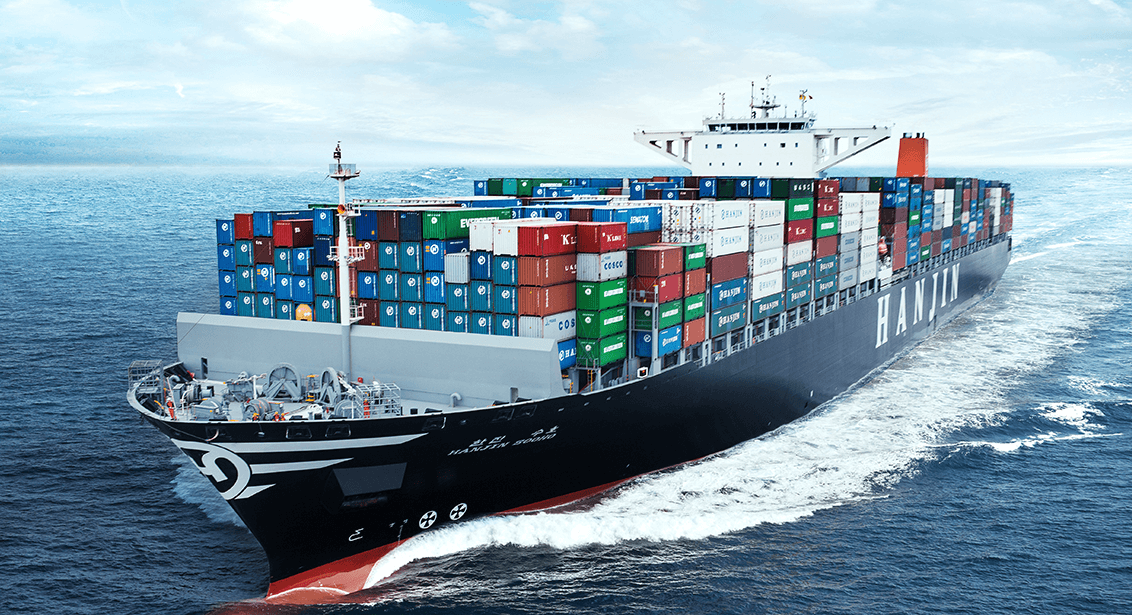
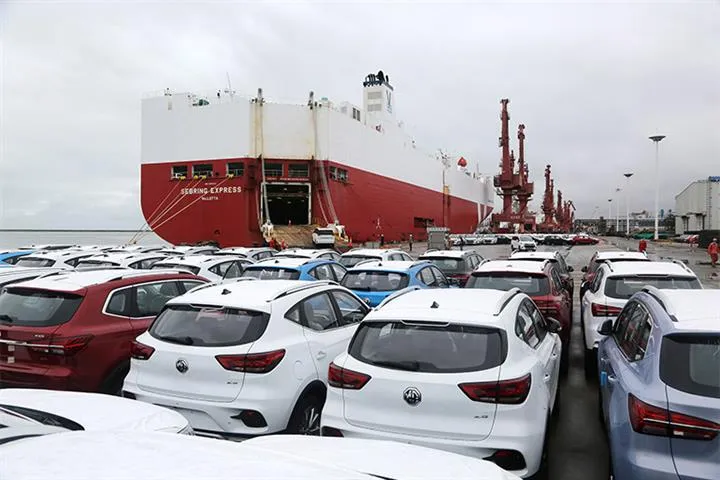

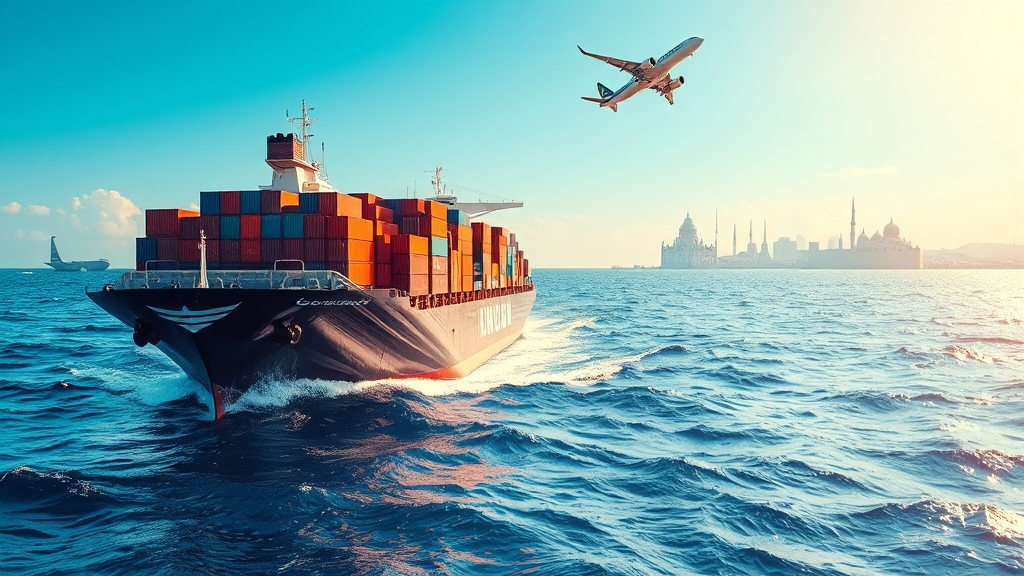
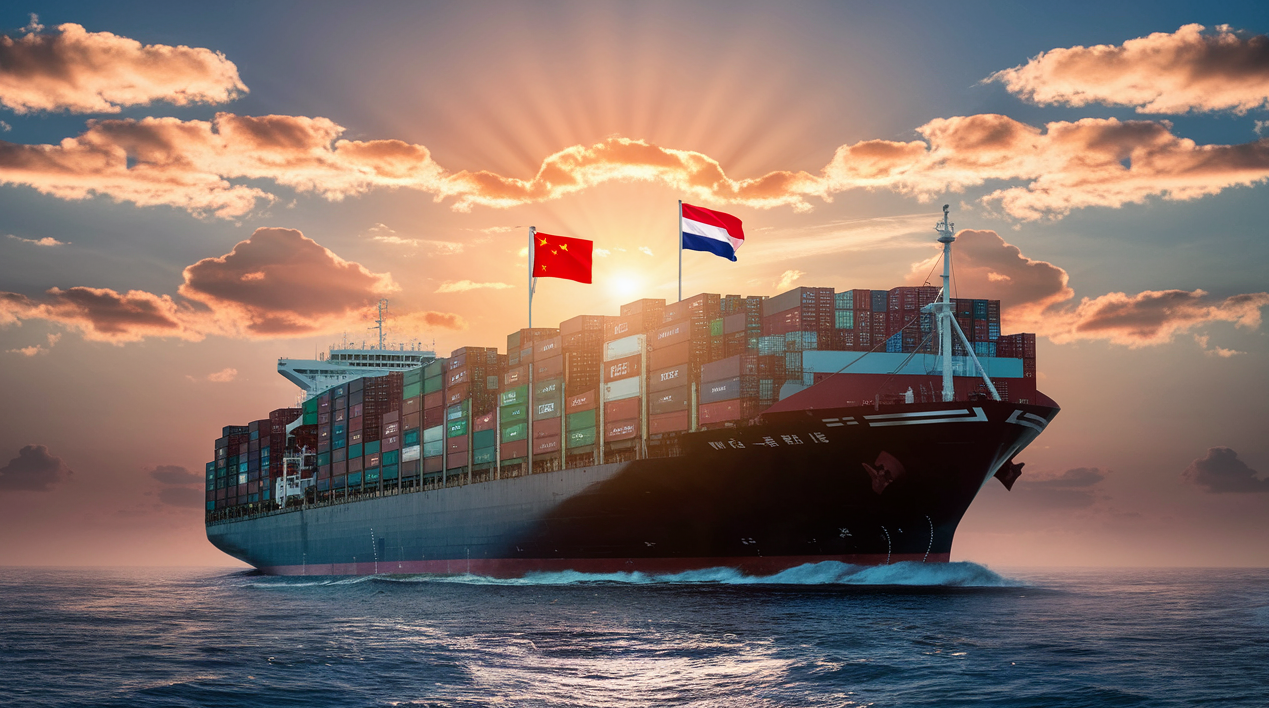





 Afrikaans
Afrikaans Shqip
Shqip አማርኛ
አማርኛ العربية
العربية Հայերեն
Հայերեն Azərbaycan dili
Azərbaycan dili Euskara
Euskara Беларуская мова
Беларуская мова বাংলা
বাংলা Bosanski
Bosanski Български
Български Català
Català Cebuano
Cebuano Chichewa
Chichewa 简体中文
简体中文 繁體中文
繁體中文 Corsu
Corsu Hrvatski
Hrvatski Čeština
Čeština Dansk
Dansk Nederlands
Nederlands English
English Esperanto
Esperanto Eesti
Eesti Filipino
Filipino Suomi
Suomi Français
Français Galego
Galego ქართული
ქართული Deutsch
Deutsch Ελληνικά
Ελληνικά Kreyol ayisyen
Kreyol ayisyen Harshen Hausa
Harshen Hausa Ōlelo Hawaiʻi
Ōlelo Hawaiʻi עִבְרִית
עִבְרִית हिन्दी
हिन्दी Hmong
Hmong Magyar
Magyar Íslenska
Íslenska Igbo
Igbo Bahasa Indonesia
Bahasa Indonesia Gaeilge
Gaeilge Italiano
Italiano 日本語
日本語 Basa Jawa
Basa Jawa ಕನ್ನಡ
ಕನ್ನಡ Қазақ тілі
Қазақ тілі ភាសាខ្មែរ
ភាសាខ្មែរ 한국어
한국어 كوردی
كوردی Кыргызча
Кыргызча ພາສາລາວ
ພາສາລາວ Latin
Latin Latviešu valoda
Latviešu valoda Lietuvių kalba
Lietuvių kalba Lëtzebuergesch
Lëtzebuergesch Македонски јазик
Македонски јазик Malagasy
Malagasy Bahasa Melayu
Bahasa Melayu മലയാളം
മലയാളം Maltese
Maltese Te Reo Māori
Te Reo Māori मराठी
मराठी Монгол
Монгол ဗမာစာ
ဗမာစာ नेपाली
नेपाली Norsk bokmål
Norsk bokmål پښتو
پښتو فارسی
فارسی Polski
Polski Português
Português ਪੰਜਾਬੀ
ਪੰਜਾਬੀ Română
Română Русский
Русский Samoan
Samoan Gàidhlig
Gàidhlig Српски језик
Српски језик Sesotho
Sesotho Shona
Shona سنڌي
سنڌي සිංහල
සිංහල Slovenčina
Slovenčina Slovenščina
Slovenščina Afsoomaali
Afsoomaali Español
Español Basa Sunda
Basa Sunda Kiswahili
Kiswahili Svenska
Svenska Тоҷикӣ
Тоҷикӣ தமிழ்
தமிழ் తెలుగు
తెలుగు ไทย
ไทย Türkçe
Türkçe Українська
Українська اردو
اردو O‘zbekcha
O‘zbekcha Tiếng Việt
Tiếng Việt Cymraeg
Cymraeg יידיש
יידיש Yorùbá
Yorùbá Zulu
Zulu